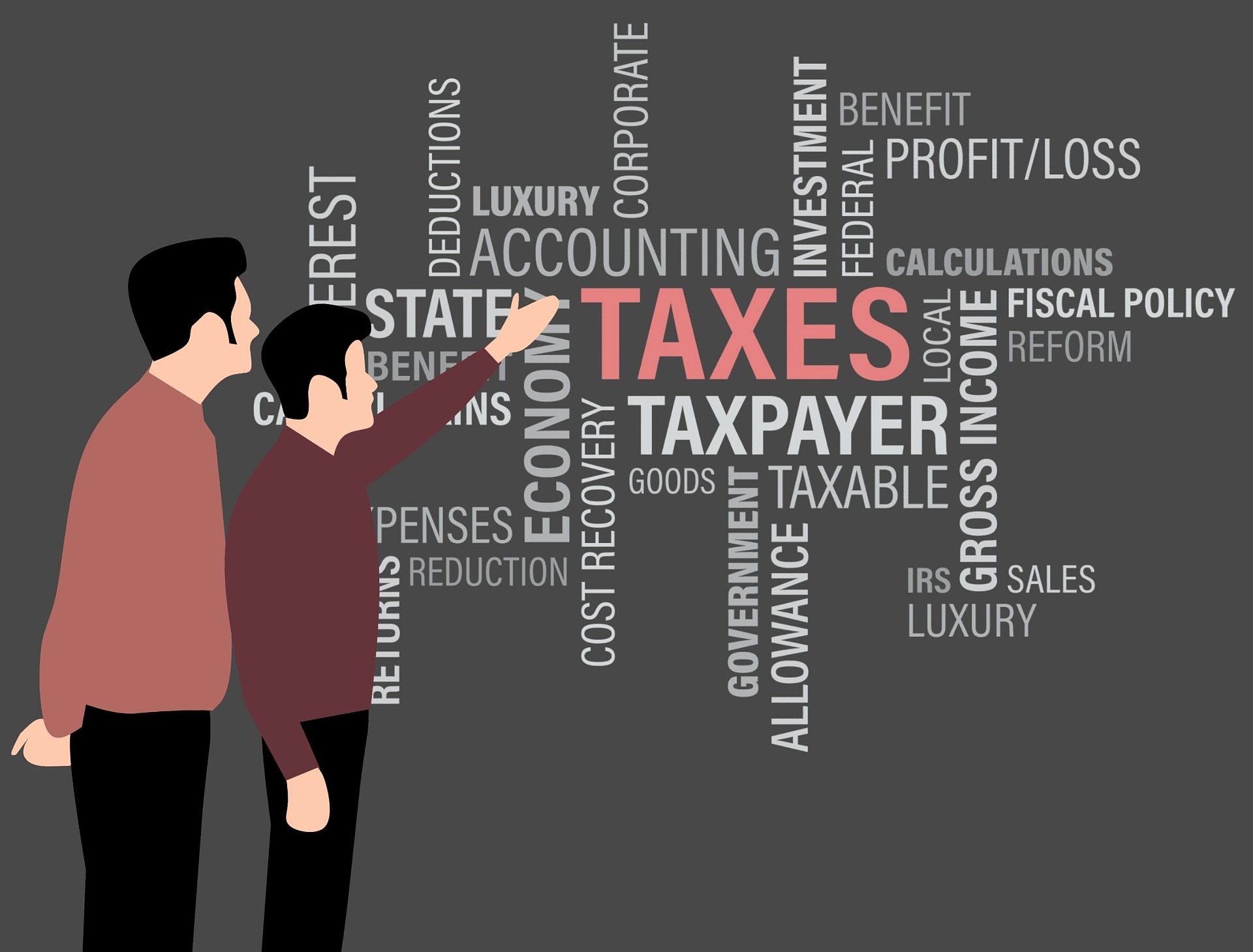The structure of your business affects your tax rate. Before you open your own company, here is what you need to know.
There are three company structures:
- Sole proprietorship
- Partnership
- Corporation
Sole proprietorship’s make up the bulk of businesses in Canada. Clearly, we are a nation of forward-thinking entrepreneurs! The great thing about sole proprietorship’s is that they are easy and relatively low-cost to launch. These are companies owned and run by a single person. Think, freelancers, consultants, insurance and mortgage brokers working from home or from a small office. Depending on your province, you may need to register your company name, but other that you typically just need a quiet place to work, a good internet connection and you’re in business.
However, sole proprietor’s income is based on what the business makes. The salary you draw from your company is taxed at your personal marginal tax rate and you are responsible (liable) for errors, omissions and defects in any products you sell. If your company is in the red one month, you may not have an income for that month.
Partnerships are two or more people running a company together. Partners can pool resources and skills to lighten the overall load and offer a broader range of services. These tend to be larger companies than sole proprietorship’s. The company typically has a handful of employees.
Income – and losses – are split among the partners and if one partner is sued for a company issue, all the partners are at risk. Like a sole proprietorship, income is taxed at each partner’s marginal tax rate.
Corporations are separate entities from the owners, which means the company “acts” on its own, has its own tax rate and handles its own liability. A company is incorporated when it can offer shares, privately or publicly, to shareholders. If a corporation is sued, the assets of the individual owners are safe – the corporation itself handles the lawsuit either through appropriate insurance funds or cash reserves. Profits of the company can be left within the company to be taxed at a lower (corporate) rate. Dividends, or after-tax income distributed to shareholders, are also taxed at a lower rate than salaries.
Corporations can have a few or thousands of shareholders. They require a great deal of administration to run and also have higher overheads than the two other business models as staff, an owned or leased building, office equipment, production equipment, vehicles, benefit plans and more are required to keep the company going.
As you can see, there are pros and cons to each business model, and these models are quite fluid. A consultant may enjoy being a sole proprietor and have more control over his business hours, but another freelancer may evolve into a partnership to run a larger business. Partnerships or sole proprietorship’s can grow into corporations.
No matter which type of company you own, you should be aware of the tax advantages and disadvantages so you can retain as much of your income and profit as possible. AF Accounting is your online, expert firm at helping business owners stay on top of their financial and taxation obligations. Contact us today and we’ll show you how to be in the best tax bracket for your business and personal needs.











